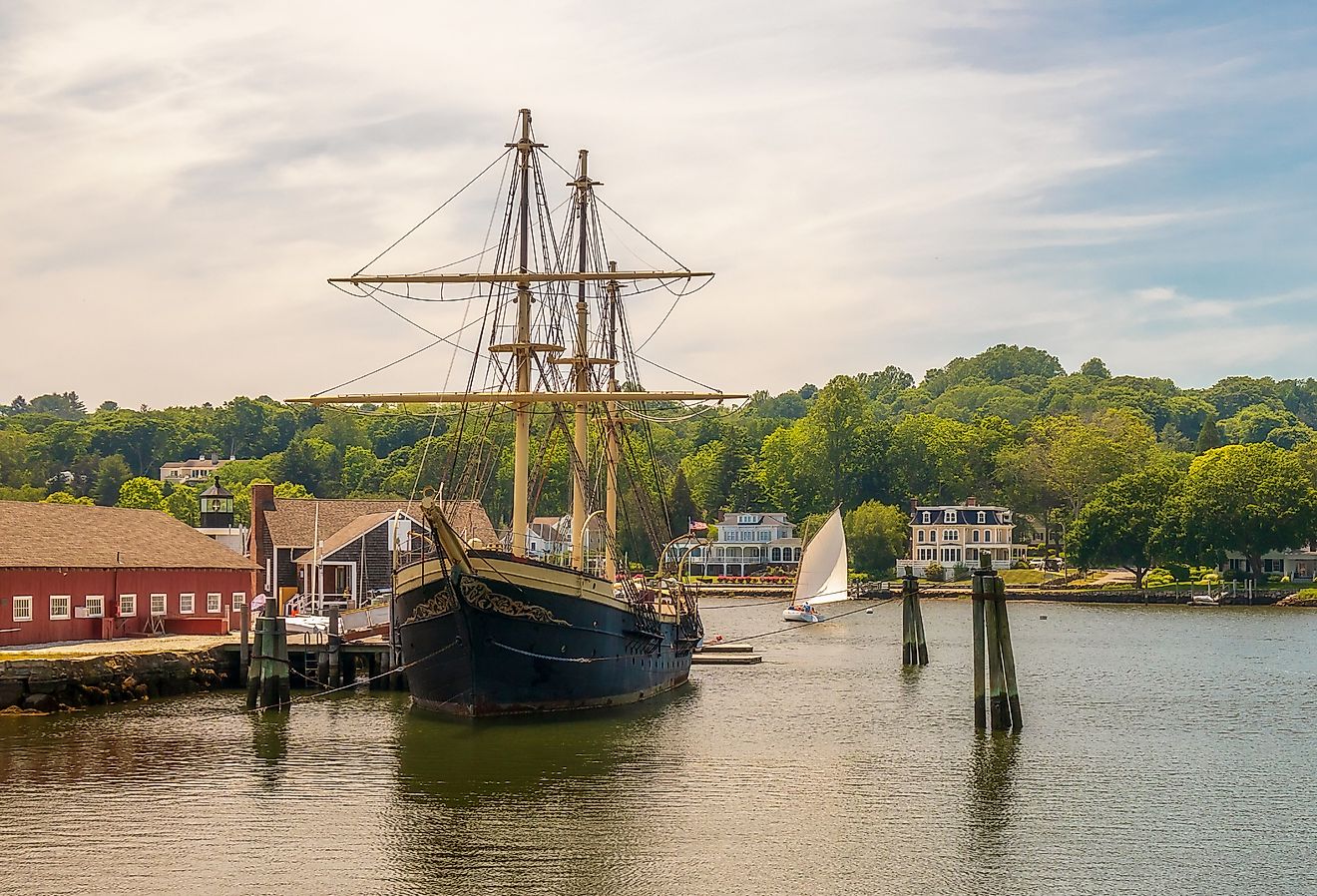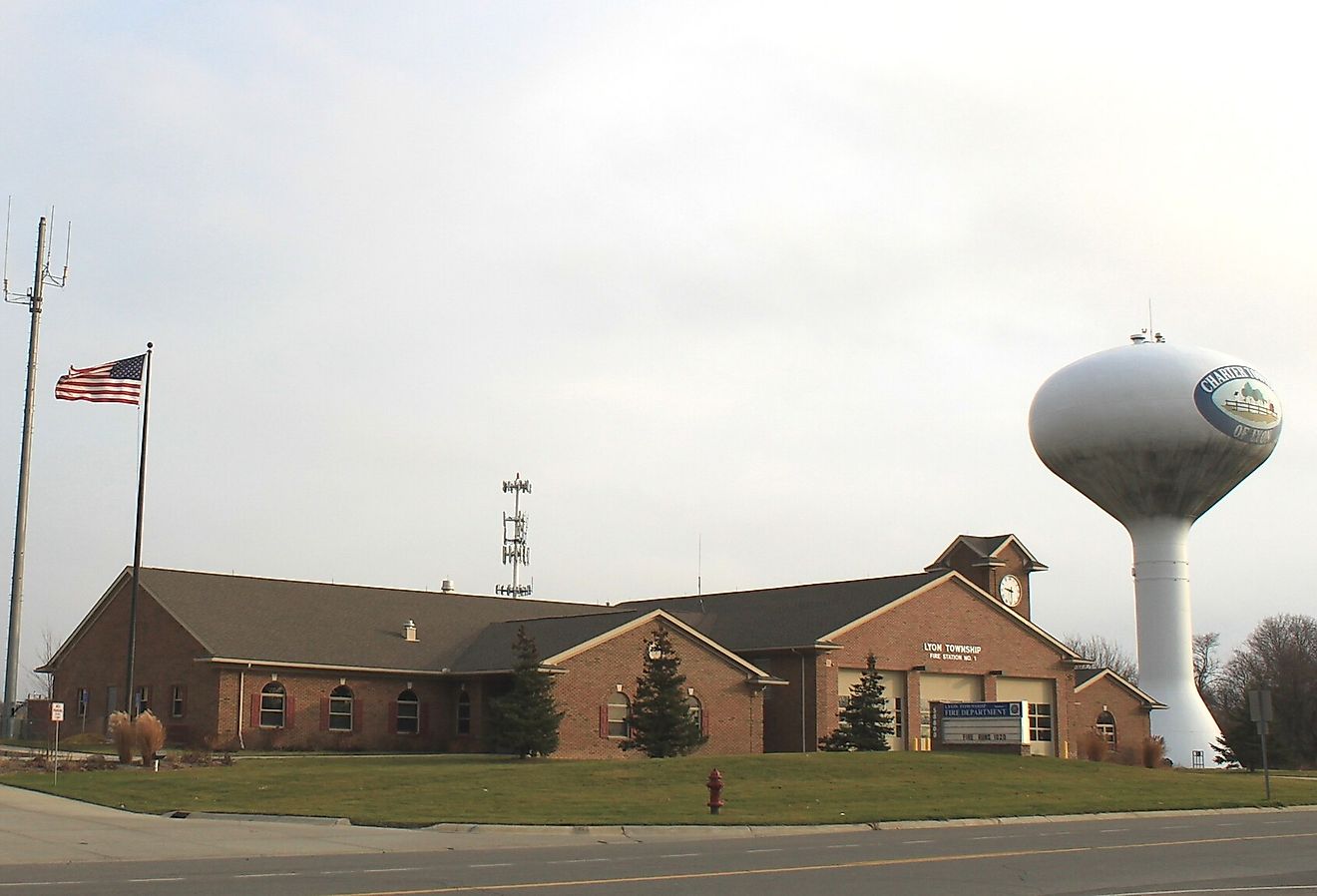The Cenotes Of Mexico: Ancient Mayan Sacrificial Sites

Cenotes (singular Cenote) is a natural hole in the surface of the earth which is formed after extensive corrosion of the limestone rock by subterranean water. The name is derived from the Yucatec Maya word “ts’onot” which means a place with underground water. Areas where cenotes form have little soil formation and have a characteristic geology of limestone-based bedrock.
Formation Of Cenotes
Cenotes are formed after subterraneal rock is dissolved, exposing underground water. The rocks under which cenotes form, are usually limestone rocks which dissolve easily in water. The surface caves in and forms a pit. Cenotes vary in size and recent discoveries have shown that cenotes lead to a series of underground cave systems spanning several miles in length.
Types Of Cenotes
Cenotes can be classified in three groups according to their appearances. Pit cenotes are the cenotes which have a narrow entrance compared to the bottom. Cylinder cenotes are the cenotes which have steep vertical walls. Cave cenotes are those which have a cave-like entrance. Last but not least is the basin cenotes, which are cenotes having shallow water basins.
Cenotes In Mayan History
Mexico has the greatest concentration of cenotes in the world with over 6000 cenotes found in the Yucatan Peninsula alone. Prior to the coming of Europeans, the Yucatan was inhabited by the Mayan people who were famed for their architecture as well as their superior astrological knowledge. Cenotes played significant role to the Mayan people because they were the only source of fresh water in the area which has neither rivers nor streams. The Mayan people therefore associated the sinkholes to their spiritual beliefs. One cenote of great significance was the one in Chichen Itza. Chichen Itza is a Mayan word which translated to “at the mouth of the well of Itza”. The Mayans depicted the cenotes in their art with several paintings from the era having depictions of the cenotes. This ancient civilization is infamous for its shocking rituals with the human sacrifice being practiced.
Recent archeological studies in several cenotes in Yucatan Peninsula painted a grim picture of this ancient practice when several human skeletons were discovered inside the water-filled sinkholes in Chichen Itza along with other items such as pottery, jewelry, textiles, and weapons. Scientists believe that the skeletons belong to people who were cast inside the cenotes to appease their ancient rain deity known as Chaak. It is believed the human sacrifice was conducted when the Maya were experiencing a long drought, a drought which has been linked to the decline of the Mayan civilization. The sacred cenotes where the skeletons were found are near another historical site, the El Castillo which is a step pyramid built in honor of another deity, Kukulkan.
Criticism
However, some critics argue that the skeletons belonged to people who accidentally fell into the water-filled caves but scientist disapprove these claims stating that the location where the remains were found could only be accessed after water levels had fallen.











